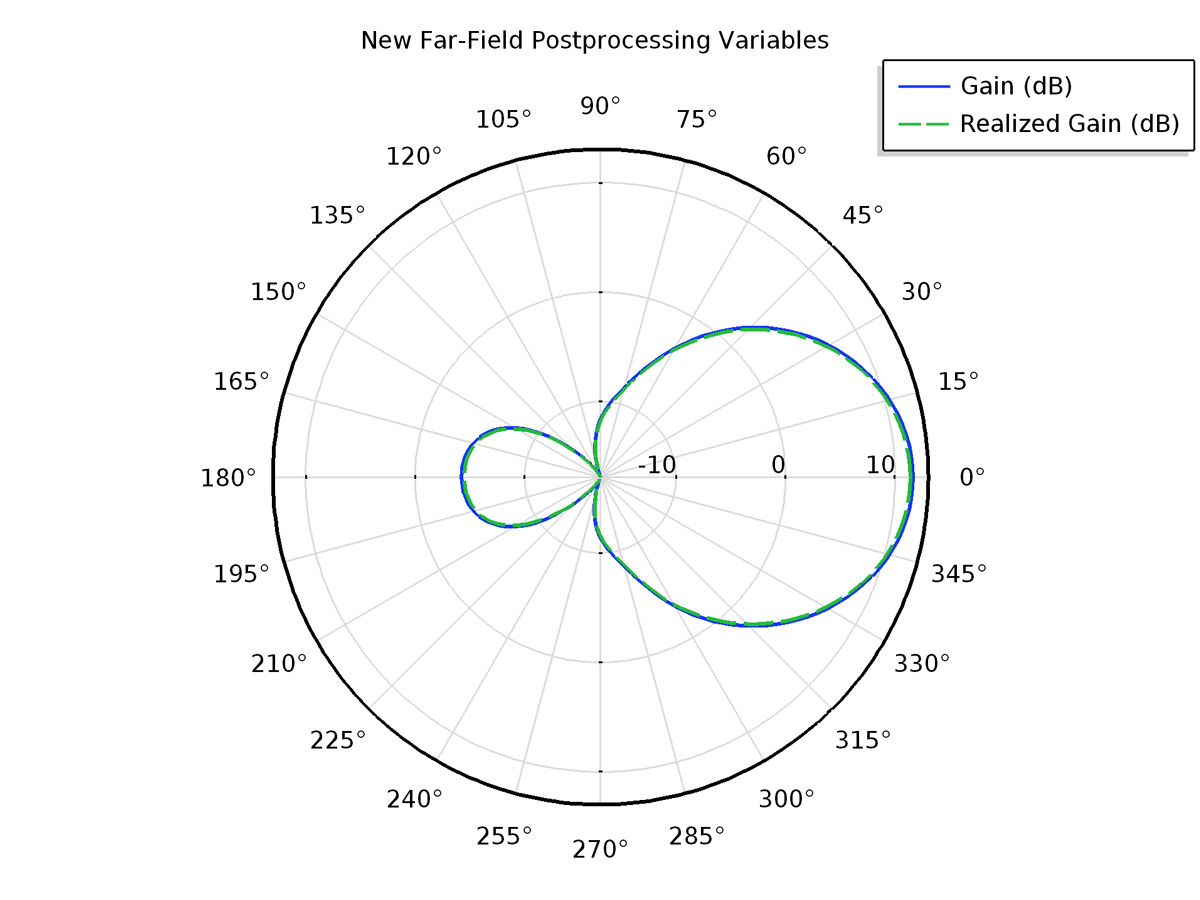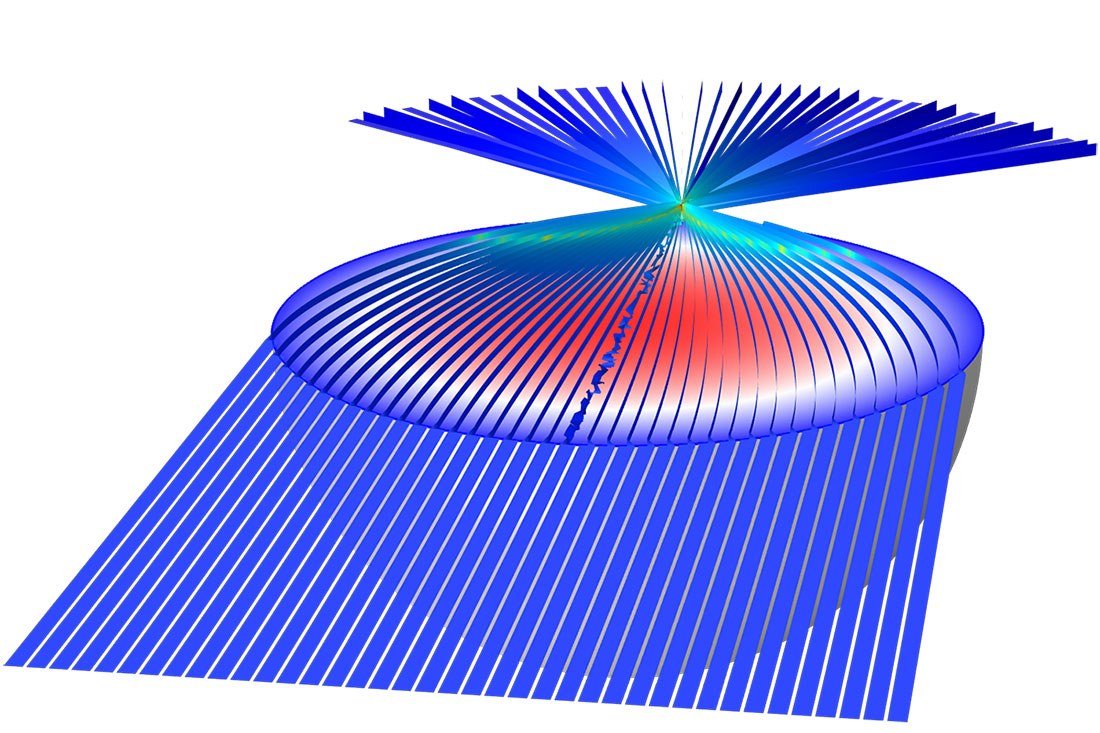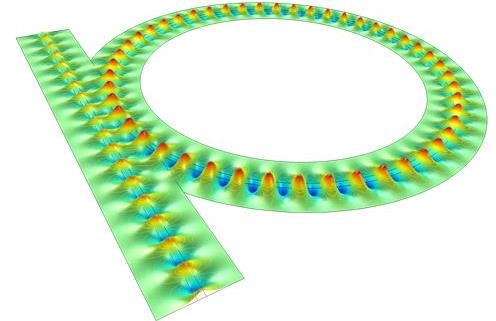

- #Comsol 5.3 ray optics module manual manual
- #Comsol 5.3 ray optics module manual software
- #Comsol 5.3 ray optics module manual series
A set of transformations are available that can help you convert the charge into the above-mentioned matrices. If you are setting charge terminals instead of voltage terminals, the primary solution is the inverse capacitance matrix. In this simple example, their relation is You can use Results > Global Matrix Evaluation to extract the capacitance matrices in different notations, including the Maxwell capacitance matrix and the mutual capacitance matrix.
#Comsol 5.3 ray optics module manual software
In the model, the COMSOL Multiphysics software sets one terminal to 1 V and all others to ground during the sweep, resulting in the following two solutions:
#Comsol 5.3 ray optics module manual manual
While the new technology is faster in a large class of very common problems, the manual method is more general.Ī manual terminal sweep is activated directly in the Electrostatics interface.Īfter declaring the Sweep parameter name in the Global Parameters section ( PortName by default), you can then run a parametric sweep over PortName. For didactic reasons, we’ll discuss the traditional manual terminal sweep before introducing new, significantly faster technology that was released in version 5.3 of the COMSOL® software. In order to calculate capacitance matrices, we need to apply different voltage or charge patterns to the terminals. Next, we duplicate the feature, apply it to the second sphere, and set the terminal name to 2. In order to calculate the capacitance matrix in the Electrostatics interface, we set a terminal condition to one sphere with a potential of 1 V. We can safely set N to 10 for a given set of parameters: a = 0.1, b = 0.3, and c = 0.5.
#Comsol 5.3 ray optics module manual series
With a parametric sweep over N, we find that the series converges rapidly when the spheres are not too close to each other. You can easily declare these expressions as variables in COMSOL Multiphysics by using the sum operator: \sum_ \quad and \quad F=4\pi\epsilon_0 \cdot 1 The transition from a continuous field model to a lumped model with discrete capacitors means to shrink the conductors to points while moving the charges at their surface to the plates of capacitors shown between them.įor convenience, it is possible to arrange mutual capacitances of a system of N conductors and one additional ground in matrix form: Typical examples of mutual capacitance in a shielded three-conductor cable (left) and between microstrip transmission lines over a ground plate (right). Particularly in transmission systems, capacitive coupling between lines is often unintended and troublesome, as it can create noise. If you bring a charged object near another object, the charge distribution on the first object will change due to the process of electrostatic induction (not to be confused with electromagnetic induction). Mutual capacitance, also referred to as parasitic or stray capacitance, is desired or undesired capacitance (a buildup of charge) that occurs between two charge-holding objects.

In typical electrical systems, capacitances between several conductors are of most interest. Make sure to be well grounded before starting the day! Comparing Mutual and Maxwell Capacitance Matrices You can, for example, easily charge up your body capacitance to several thousand volts while brushing your hair in the morning.

Depending on posture and the surrounding area, body capacitance is in the range of 100 picofarad and can even create a tingling sensation in humans. Hence, the human body, too, exhibits self-capacitance (also called body capacitance). Human bodies can also be charged up, as seen here. We can use this formula to calculate, for example, the self-capacitance of planet Earth - it is roughly 710 microfarad.


 0 kommentar(er)
0 kommentar(er)
